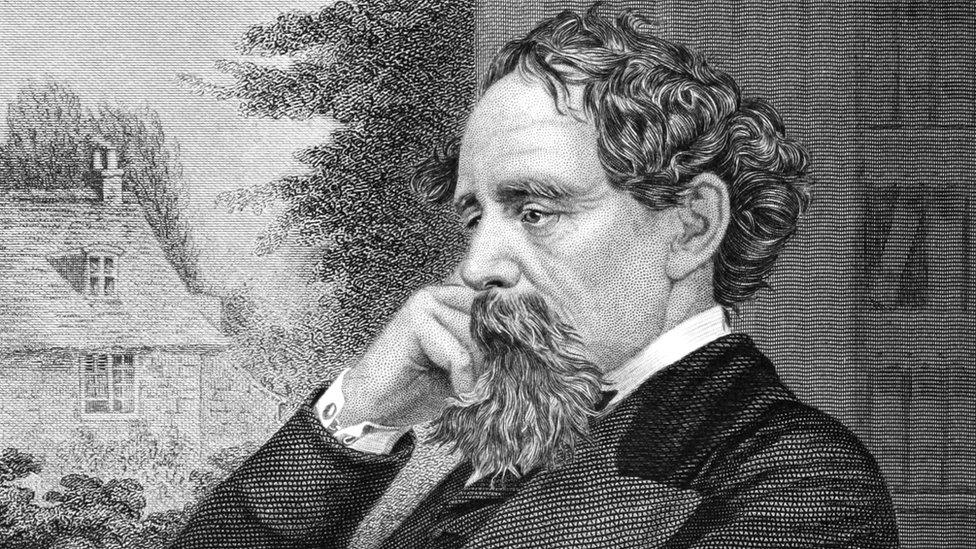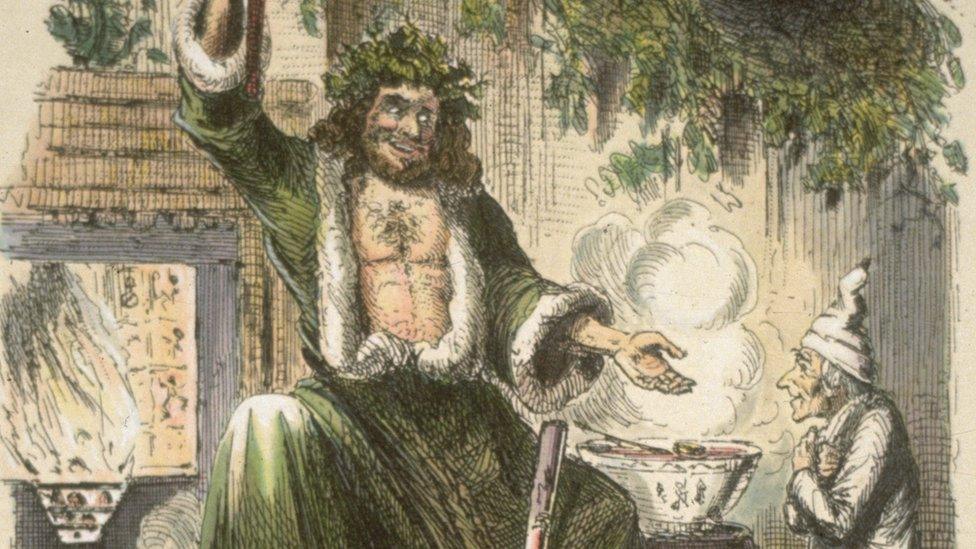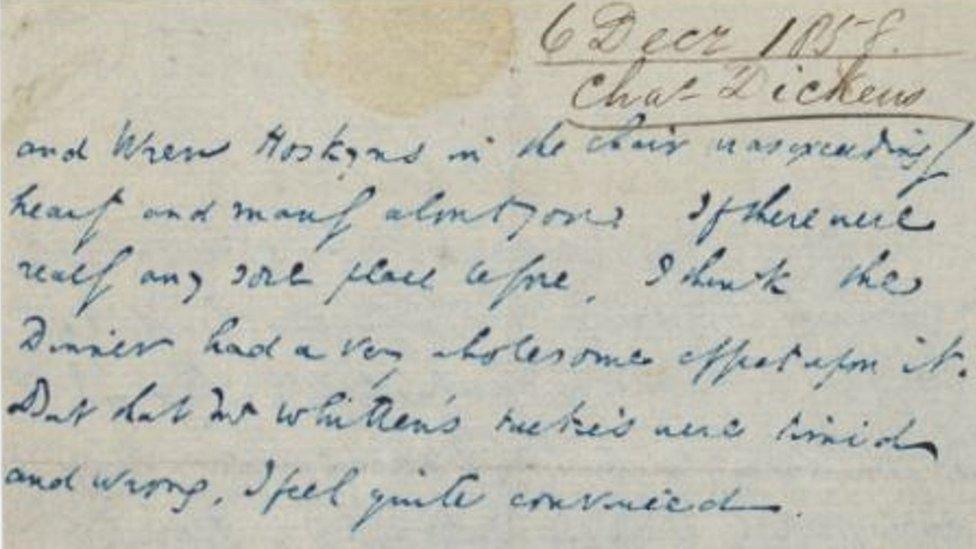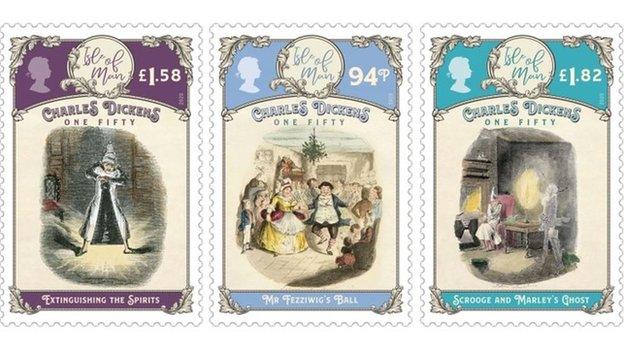Charles Dickens's code cracked by amateur sleuths
- Published

Decoders from around the world helped researchers understand what the Dickens the letter was about
Researchers who asked the public to help them decipher some of Charles Dickens's coded manuscripts have, with their help, decoded one of his papers.
The famous author wrote many notes in a personalised form of shorthand.
The Dickens Code project, led by the University of Leicester's Dr Claire Wood, asked for assistance to solve the mystery.
More than 1,000 volunteers from across the world came forward to help the experts.
'An honour'
The paper, known as the Tavistock letter, was written in Dickens's own brand of adapted shorthand, which he called The Devil's Handwriting.
Dr Wood said the letter, written by Dickens on blue-headed notepaper, had remained undeciphered for more than 150 years.

Charles Dickens - whose famous works include A Christmas Carol - is regarded as one of the most important writers of the 19th Century
Professor Hugo Bowles, from the University of Foggia in Italy, who is collaborating on the project, said the different interpretations had been used together to help "read" the letter.
The team found the letter was an appeal by Dickens for someone to intervene over a rejected advertisement.
"One of our solvers found the words 'Ascension Day', which helped us pinpoint the date of the letter," he said.
"When other solvers found the words 'advertisement', 'refused' and 'sent back', we knew he was writing about an advertisement of his which had been rejected."
'Fraught time'
They found a likely response to the letter in a New York museum, written to Dickens by Mowbray Morris, manager of The Times, in 1859, apologising for the rudeness of a clerk who had rejected an advertisement for a new journal.
Dr Wood, who lectures in Victorian literature, said: "The work of the Dickens decoders helps to cast light upon this fraught time in Dickens's life.
"In the letter we glimpse Dickens the businessman, using personal contacts to promote his interests and strongly arguing his case."
The team offered a £300 reward for the person who was able to transcribe the most symbols.
This went to Shane Baggs, from San Jose in the US, who said he honed his code skills on Reddit groups.
"After getting mostly C grades in literature, I never dreamed anything I'd ever do would be of interest to Dickens scholars," he said.
"It has been an honour to work with Professor Hugo Bowles and Dr Claire Wood, and I am glad I could contribute."

Follow BBC East Midlands on Facebook, external, on Twitter, external, or on Instagram, external. Send your story ideas to eastmidsnews@bbc.co.uk, external.
Related topics
- Published1 December 2021

- Published9 October 2020
